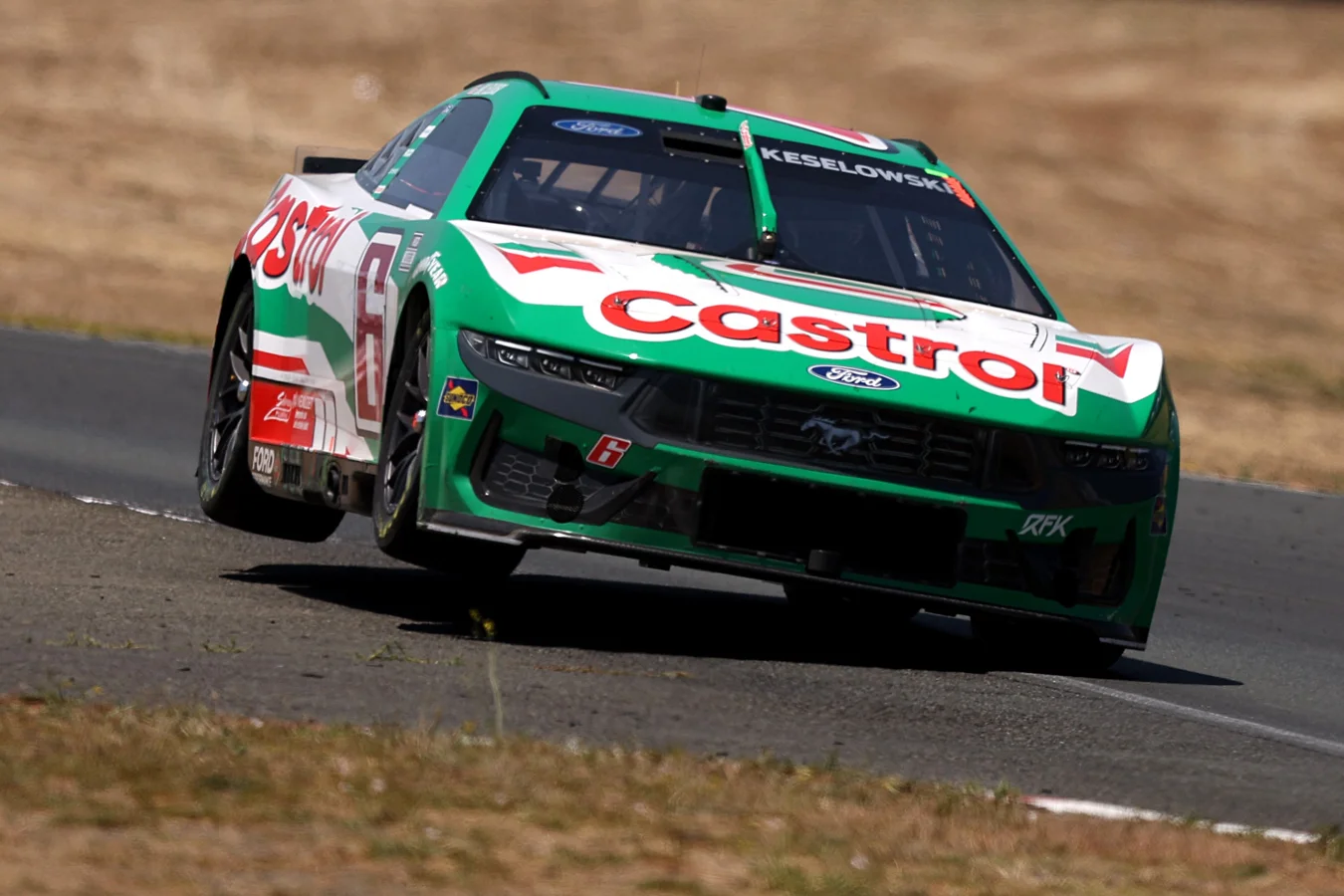NASCAR is moving to address ongoing concerns regarding the performance of its Next-Gen Cars, as Brad Keselowski has publicly discussed a significant increase in horsepower slated for implementation next season. The adjustment, which aims to push the engines to around 750 horsepower, is expected to directly impact driver experience and race dynamics in the Cup Series, responding to widespread criticism since the Next-Gen’s 2022 debut—including persistent calls for improvement from Keselowski himself.
NASCAR’s Next-Gen Cars: Background and Criticism
The introduction of the Gen 7 Next-Gen Cars in the 2022 NASCAR season was driven by goals of improved safety, increased cost-efficiency, and a promise of enhanced racing excitement. Despite these intentions, drivers and team figures quickly voiced their dissatisfaction. Competitors argued that, despite the official base of 670 horsepower for the current cars, they felt significantly underpowered, negatively impacting racing quality and driver enjoyment.
Brad Keselowski has emerged as a central figure among critics, noting the substantial drop in performance from previous car generations. Many drivers described the cars as lacking the necessary grip, likening their feeling to piloting underpowered trucks rather than high-performance race cars suited for NASCAR’s top series. The underwhelming output not only affected competitiveness but was seen as detracting from the spectacle NASCAR set out to deliver with the new car design.
Anticipated Boost in Horsepower: Details of the Proposed Change
In response to the abundant feedback and ongoing driver concerns, NASCAR has publicly committed to considering solutions aimed at restoring excitement and capability to the Next-Gen package. Recent discussions suggest a concrete plan: increasing the Cup Series car engines to about 740-750 horsepower starting with the next racing season. While this marks a significant step up from the current numbers, Keselowski clarified that the jump, though notable, is not quite a 100-horsepower increase. The actual performance on track is often closer to 685 or 690 horsepower rather than the technical baseline of 670.
This recalibration is largely borne from the recognition that minor power increments may have major on-track consequences, narrowing gaps between cars in competition and ideally leading to closer racing—an oft-stated aim of the series. The coming season will test whether this pursuit achieves its intended outcome, with all eyes on whether these changes are enough to restore confidence in the Next-Gen platform.
Well, you know, it looks like NASCAR is going to change the rules next year to where we’re like 740, 750 [horsepower], It’s not quite 100, because, you know, right now, technically, they’re at 670, but realistically, they’re like 685, 690, so.
Brad Keselowski said on the Stacking Pennies Podcast.
Tire Wear and Driver Skill: Keselowski’s Perspective on Horsepower and Race Management
Another consequence of the current underpowered setup highlighted by Keselowski is excessive tire wear during races, particularly at challenging venues like Bristol. He has long advocated for an increase in engine output, arguing that more horsepower restores the balance between driver skill and car management, ultimately assisting with tire durability over a race distance. Keselowski, a vocal supporter of what he calls “team horsepower,” explained that when cars lack adequate power, less experienced drivers, especially those new to throttle management, tend to overdrive and quickly wear down their tires—a scenario that can have serious consequences in high-demand conditions.
I am definitely team horsepower. You know, you look at races like Bristol where the tires wore and you couldn’t do that, and I was like, ‘Oh, these guys are in a heap of trouble.’ You know, particularly the younger drivers that never had to drive anything that required throttle control, they just, you know, burn them off.
Brad Keselowski noted.
Keselowski continues to stress that greater horsepower demands a higher level of finesse from competitors and may help level the playing field by allowing those with strong throttle discipline to better manage their vehicles throughout a race. This perspective carries special importance as NASCAR seeks not only to improve car performance but also to foster more exciting, unpredictable battles on track.
The Road Ahead for NASCAR and Its Drivers
While uncertainty remains about the ultimate outcome of this forthcoming rules change, optimism is evident within both NASCAR leadership and the driving community. The organization’s willingness to listen to drivers like Brad Keselowski and adapt technical regulations signals a renewed commitment to raising the sport’s standards and re-engaging fans who crave edge-of-seat action. The changes will also be closely watched by teams such as RFK Racing, competitive drivers in the Cup Series, and critics across the wider motorsports community, as they gauge whether increased horsepower fulfills the intended promise of closer, more dynamic racing.
As NASCAR positions itself to move forward, eyes remain fixed on how these adjustments will influence everything from tire wear to race outcomes, ensuring that the Next-Gen cars can deliver the excitement and competition that stock car racing fans expect at iconic venues like Bristol and beyond. Brad Keselowski’s persistent advocacy for innovation and openness to change keeps him at the center of this transformative phase, reinforcing his significant role in shaping the next chapter for the sport.
